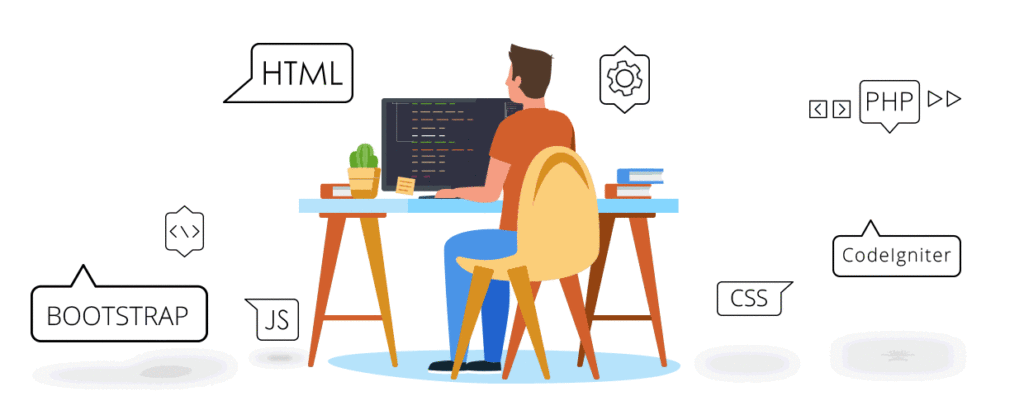Web development refers to the process of creating and building websites and web applications for the internet. It involves a combination of frontend and backend development to create functional, interactive, and visually appealing web experiences for users. Web developers use various programming languages, frameworks, and tools to bring their ideas to life and make websites accessible via web browsers.

Here are the key aspects of web development:
Frontend Development
Frontend development focuses on the client-side of the web application—the part that users interact with directly. Frontend developers use web technologies such as HTML (Hypertext Markup Language), CSS (Cascading Style Sheets), and JavaScript to create the user interface and handle user interactions. Modern frontend development often involves working with frontend frameworks/libraries like React, Angular, or Vue.js to build more dynamic and efficient web applications.
Backend Development
Backend development deals with the server-side of the web application. It involves creating the logic, databases, and server architecture that power the frontend and manage data and user requests. Backend developers typically work with server-side programming languages such as Python, Ruby, PHP, Java, or Node.js. They also use databases like MySQL, PostgreSQL, MongoDB, etc., to store and manage data.
Web Development Tools
There are various tools and technologies used in web development to streamline the process and enhance productivity. Code editors like Visual Studio Code, Sublime Text, or Atom are commonly used to write and manage code. Version control systems like Git enable collaboration and code management. Package managers like npm and yarn help in managing project dependencies.
Web Security
Web developers must be conscious of security practices to protect web applications from potential vulnerabilities and attacks. This includes using secure authentication methods, input validation, and protecting against common web exploits like cross-site scripting (XSS) and SQL injection.
Web developers must be conscious of security practices to protect web applications from potential vulnerabilities and attacks. This includes using secure authentication methods, input validation, and protecting against common web exploits like cross-site scripting (XSS) and SQL injection.

